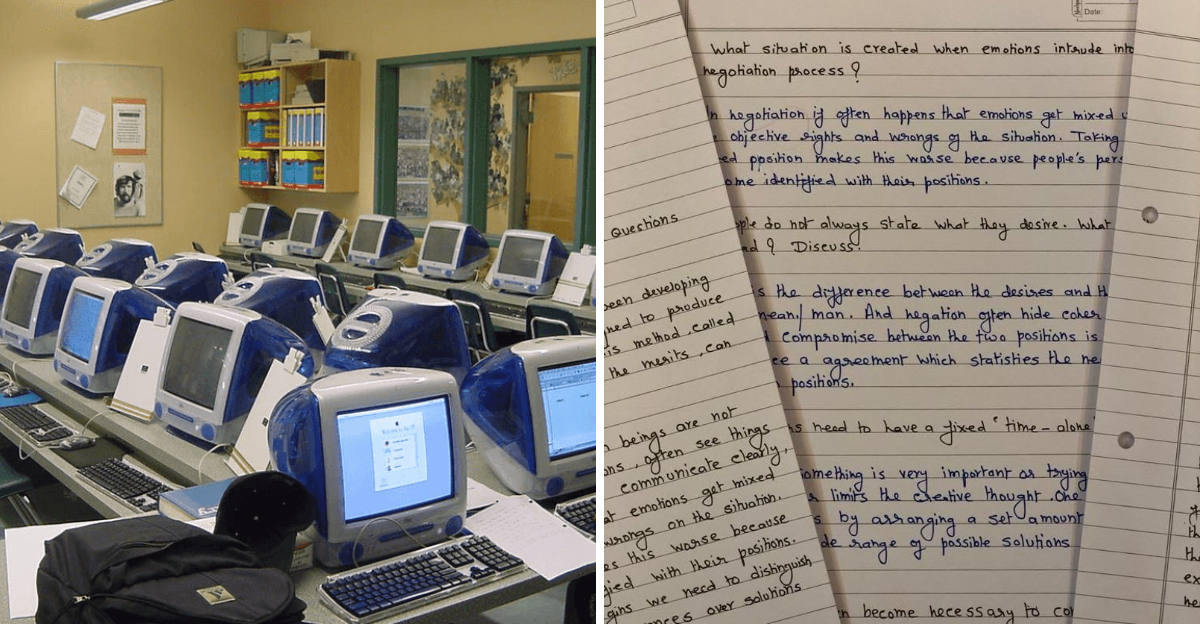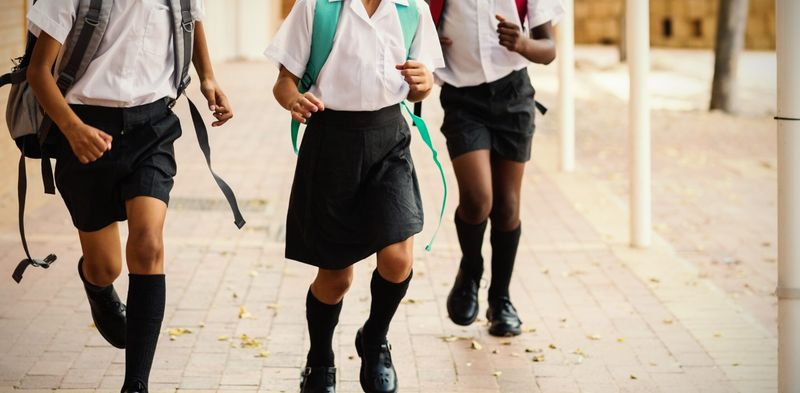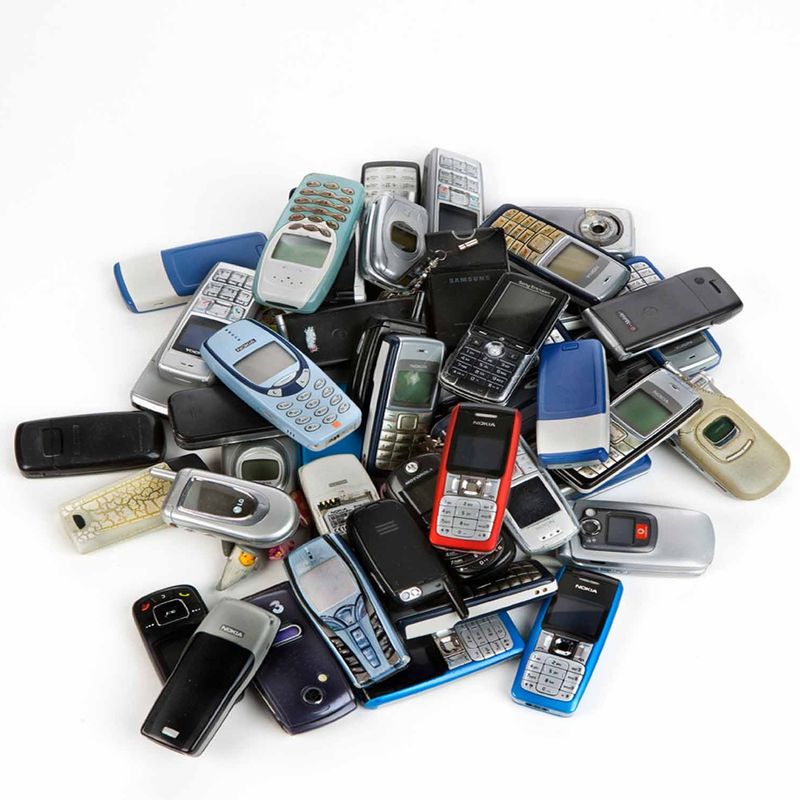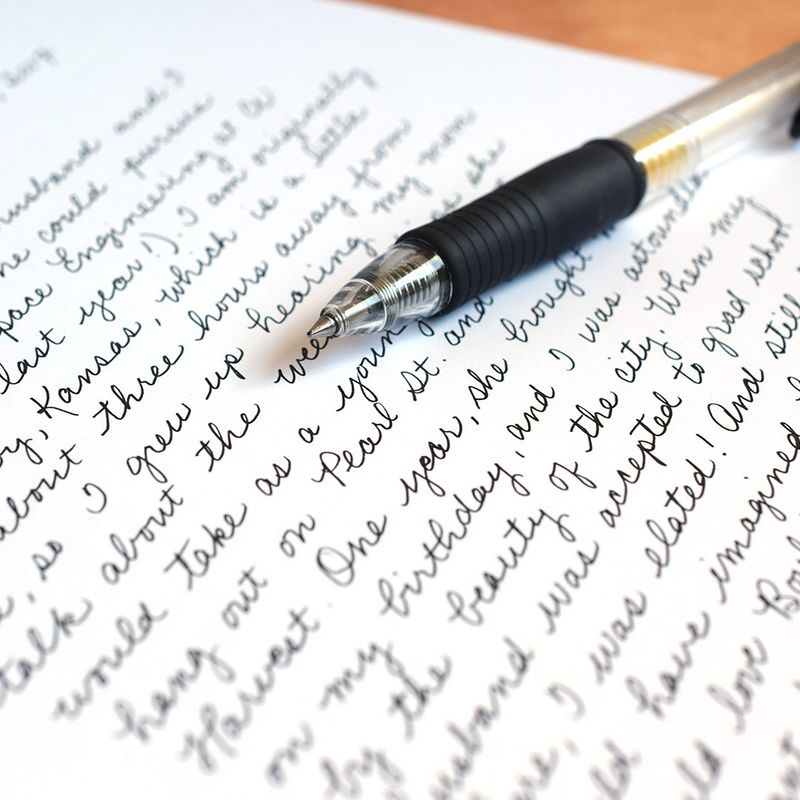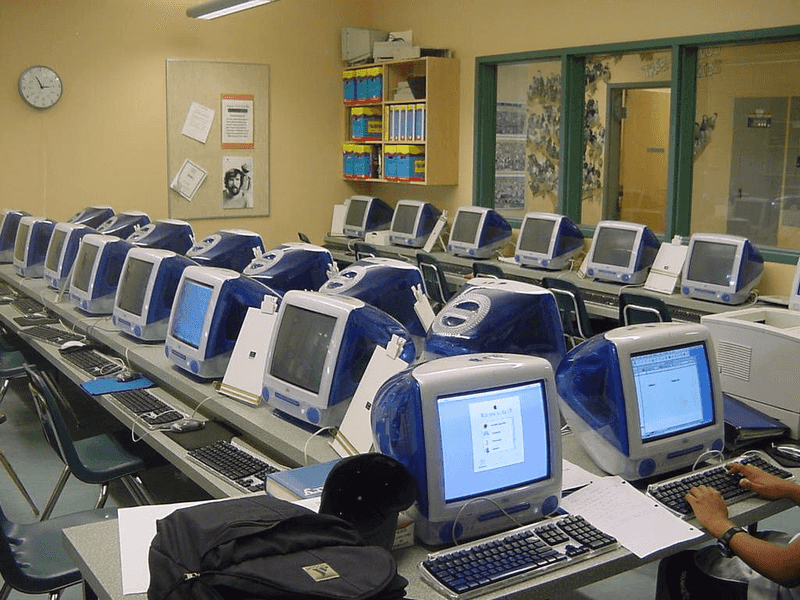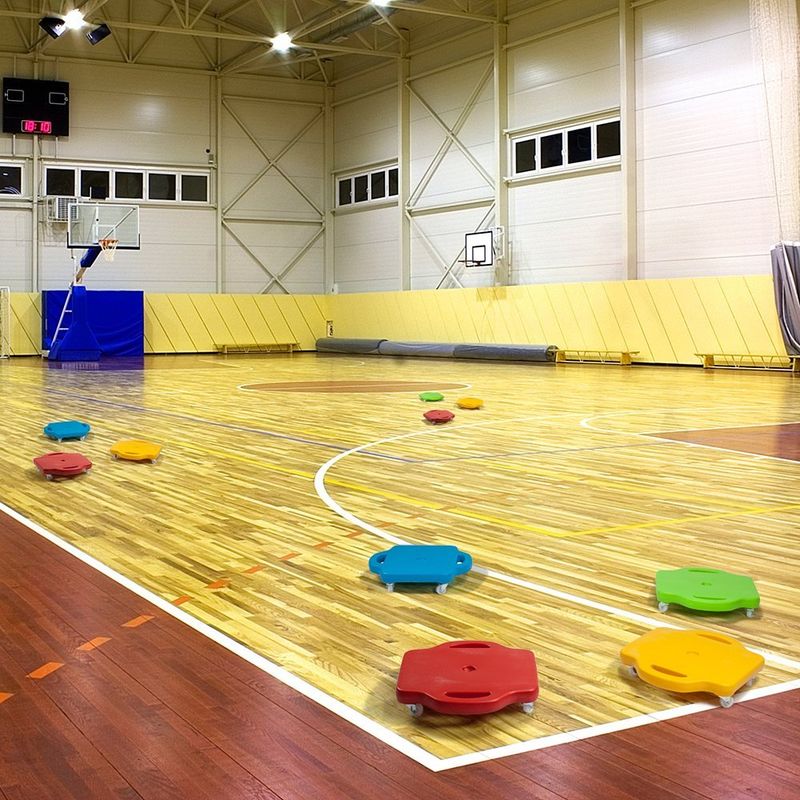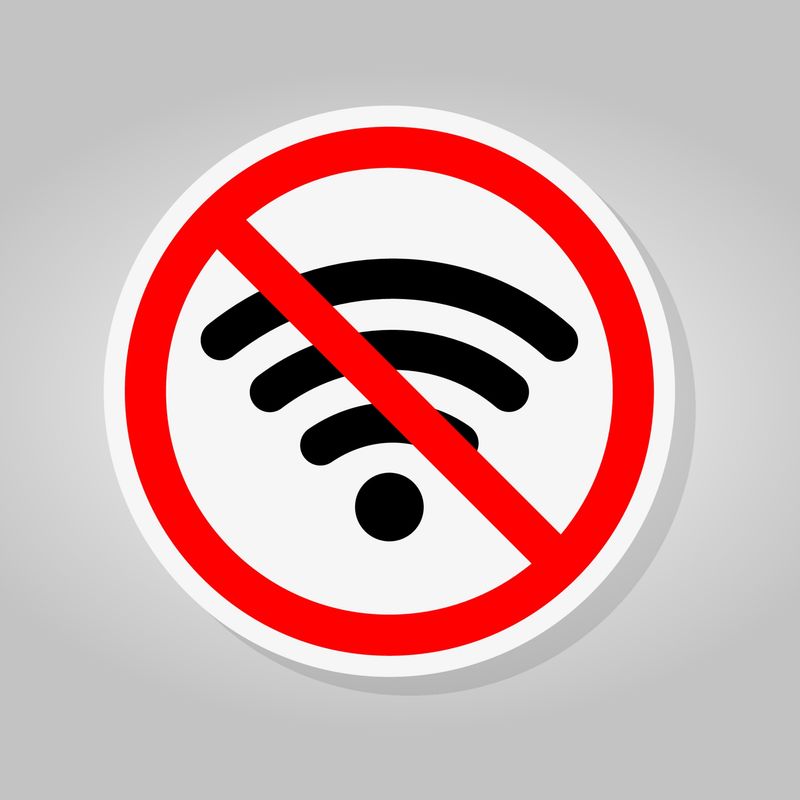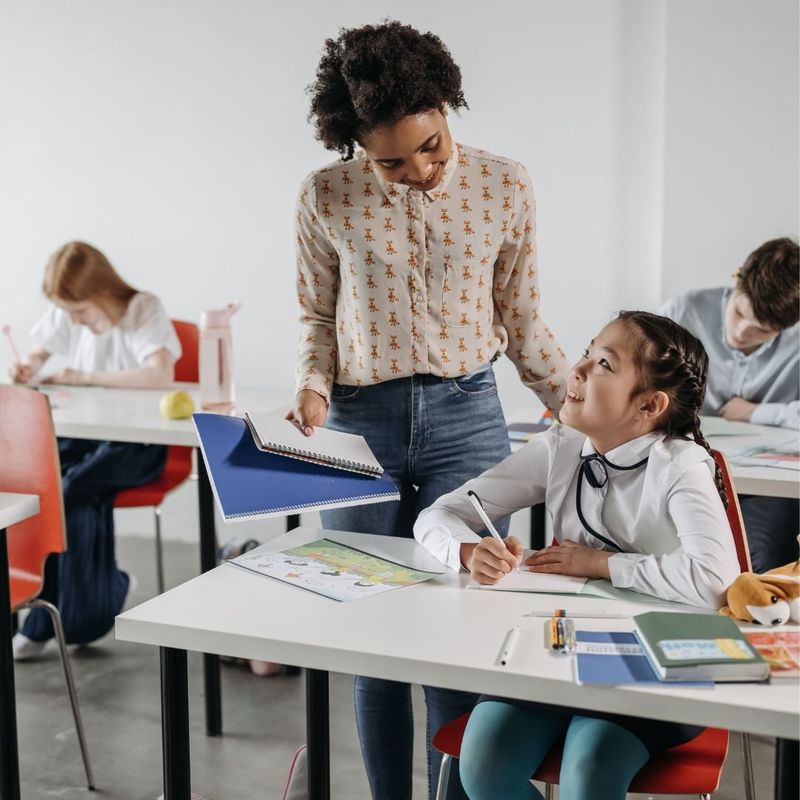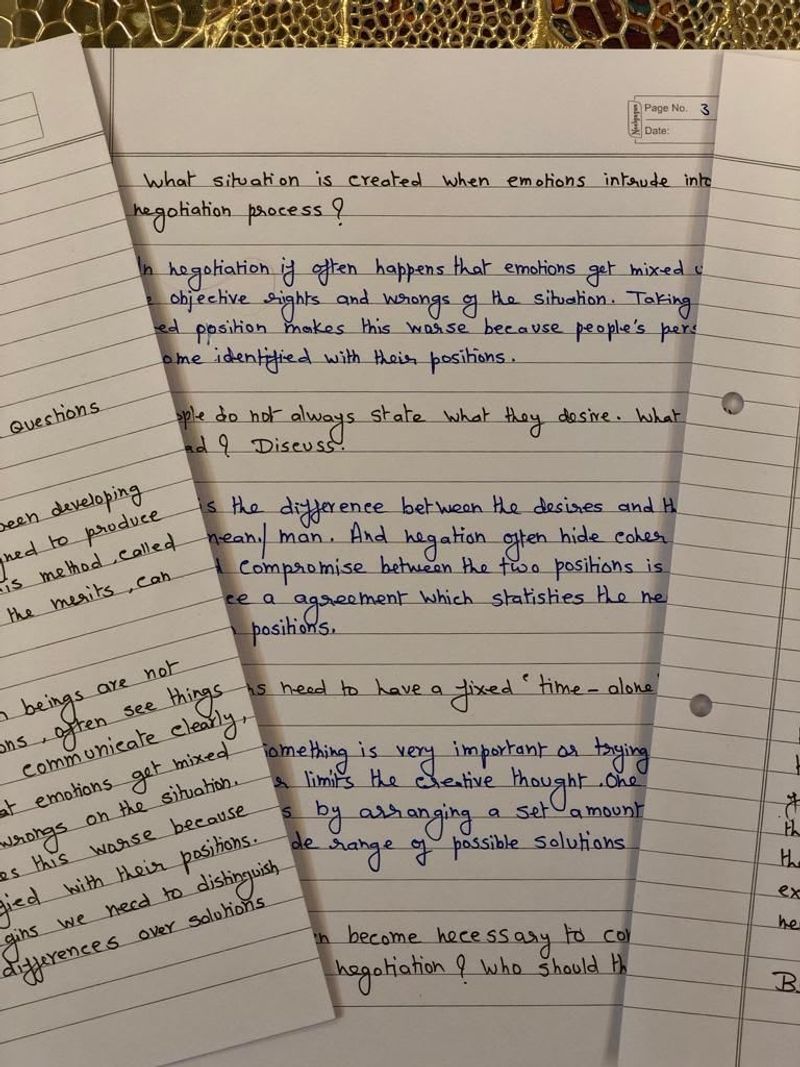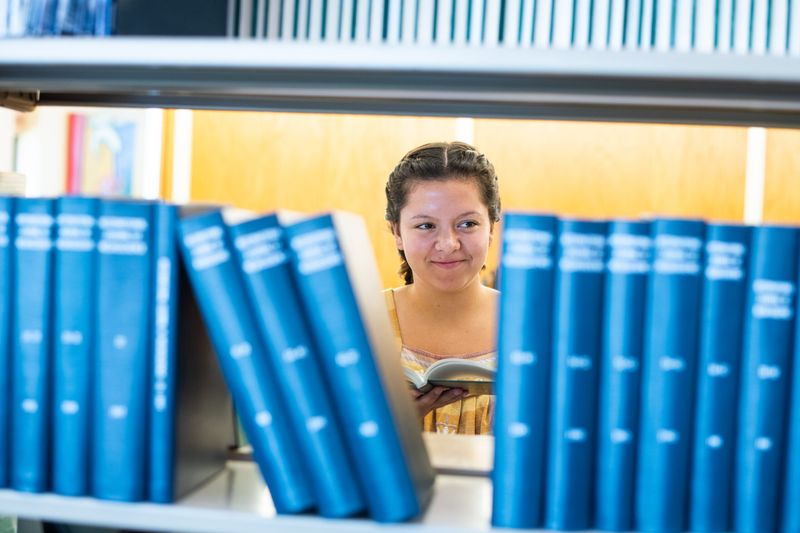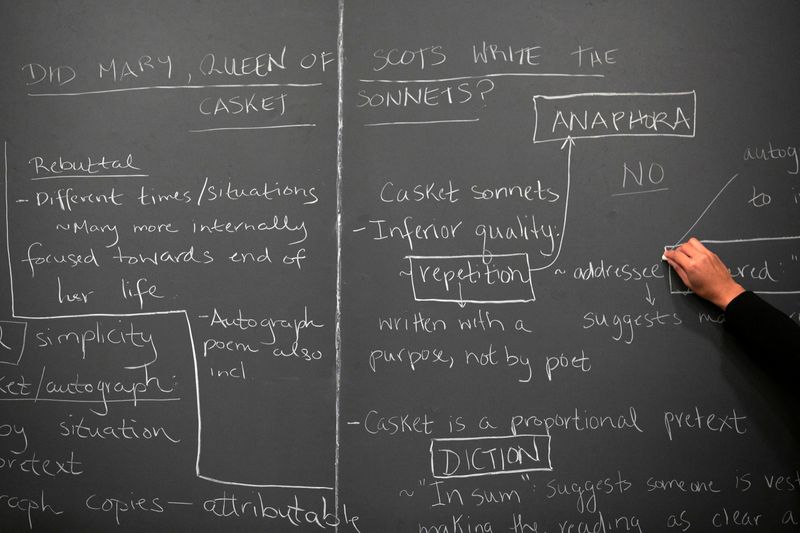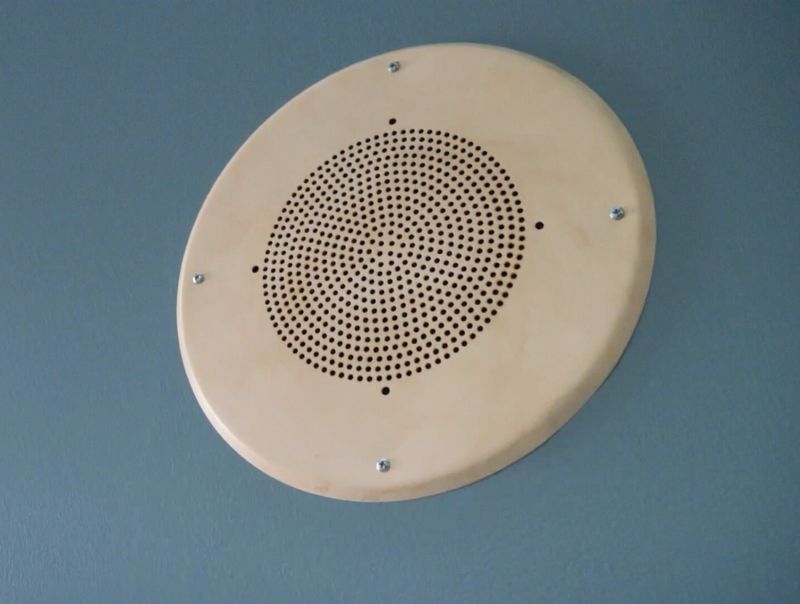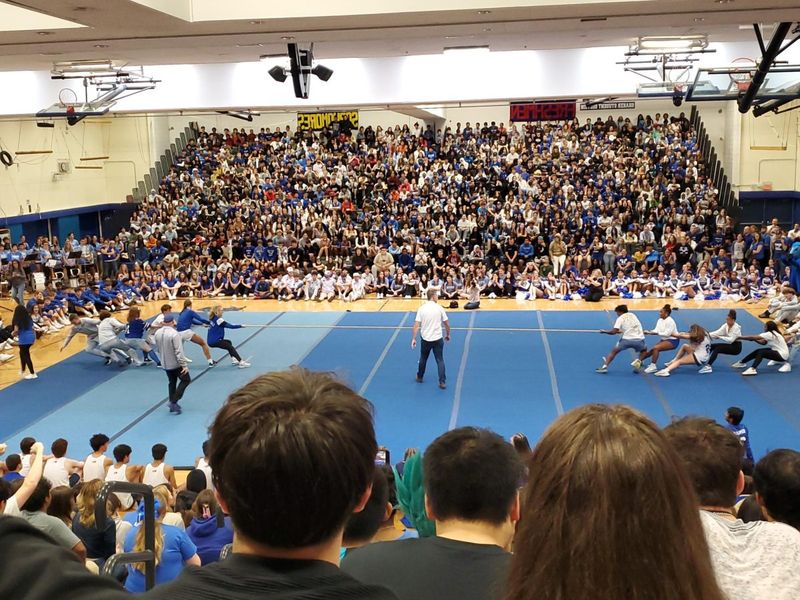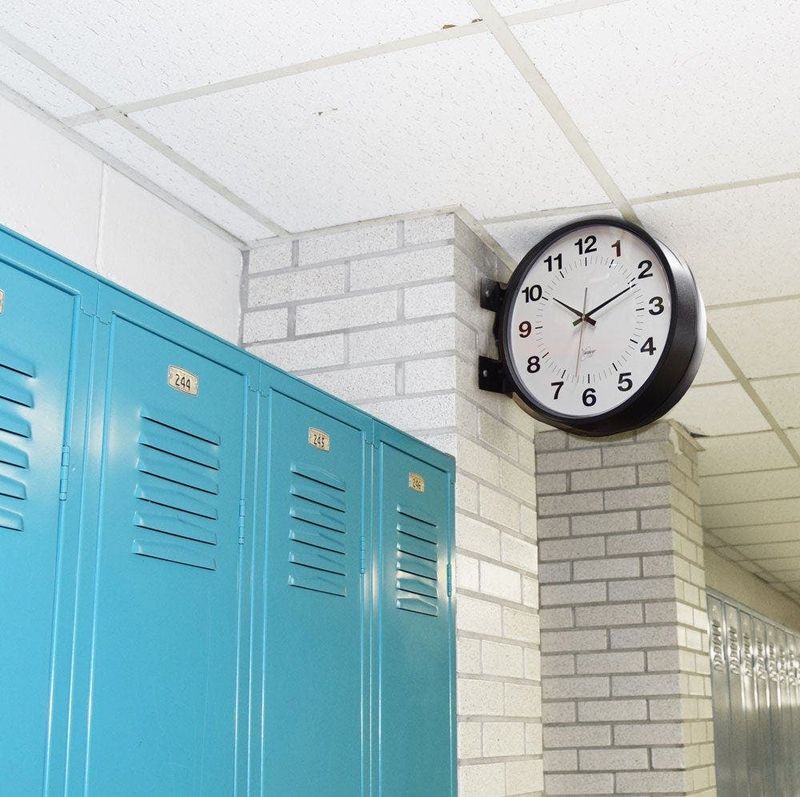The 1990s was a unique time for students growing up with distinct rules and norms, many of which are alien to today’s digital era. These “lost rules” shaped the experiences of ’90s students, instilling values and behaviors that defined a generation. This blog post explores 18 specific rules that every student of the ’90s had to follow, offering a nostalgic glance back at school life during this vibrant decade. From dress codes to classroom etiquette, these forgotten guidelines offer insights into the educational landscape of a pre-digital world.
Dress Code Strictness
In the ’90s, school dress codes were a significant aspect of student life. Uniformity was emphasized, and students had little room for personal style. Boys were often seen in collared shirts or polos, while girls wore knee-length skirts or dresses. These regulations aimed to minimize distractions and promote a sense of equality among students.
While some saw these rules as stifling individuality, others appreciated the simplicity of knowing what to wear each day. Despite the occasional grumble, adhering to these dress codes was an accepted norm, with parents and teachers strictly enforcing compliance.
No Mobile Phones
Back in the ’90s, mobile phones were a rarity in classrooms. Students relied on landlines at home or payphones for communication. This rule aimed to prevent distractions and maintain focus on learning.
Without the constant buzz of notifications, students were more engaged with their surroundings and peers. Teachers found it easier to maintain discipline, as there were fewer interruptions.
This absence of mobile devices may seem unimaginable today, but it fostered a learning environment where face-to-face communication thrived.
Cursive Handwriting Mastery
The art of cursive handwriting was a vital skill for ’90s students, often taking center stage in elementary education. Teachers emphasized the importance of penmanship, dedicating ample classroom time to perfecting the elegant loops and curves of cursive writing.
Students practiced diligently, using lined notebooks to ensure consistency and neatness. This focus on cursive aimed to improve motor skills and provide a sense of accomplishment.
While digital typing has largely replaced cursive in today’s classrooms, many ’90s kids fondly remember the pride of mastering this beautiful writing style.
Computer Labs Only
In the ’90s, computers were not yet ubiquitous in homes, making school computer labs a valuable resource for students. Access was limited, often scheduled for specific class projects or lessons. These labs typically housed bulky CRT monitors and early desktop computers, offering students a glimpse into the emerging digital world.
This restricted access made computer time a coveted session, sparking excitement and curiosity among students. Teachers guided them in basic programming and typing skills, laying the groundwork for future technological literacy.
Despite their scarcity, computer labs played a pivotal role in ’90s education.
Physical Education Requirements
Physical education (PE) was a mandatory and lively part of the ’90s school curriculum. It emphasized the importance of physical fitness, teamwork, and sportsmanship. Students engaged in various activities, from traditional sports like basketball to fun games such as dodgeball and jump rope.
These classes provided an outlet for energy, encouraging healthy lifestyles and camaraderie among peers. Despite differing athletic abilities, participation was non-negotiable, fostering a sense of inclusivity.
Many ’90s students cherish memories of these energetic classes, which balanced academic rigor with physical activity and joy.
No Internet Access
During the ’90s, internet access in schools was practically unheard of, with classrooms relying on traditional learning tools. Textbooks, chalkboards, and library visits were the primary sources of information. This rule ensured that students learned to research and problem-solve without digital assistance.
Teachers encouraged critical thinking and discussion, as students couldn’t easily look up answers online. This fostered a thorough understanding of subjects and nurtured interpersonal communication skills.
While the digital age has transformed education, the ’90s approach emphasized resourcefulness and in-depth learning, absent today’s digital shortcuts.
Respect for Teachers
Respecting teachers was a cornerstone of ’90s school culture. Students were taught to address educators formally, using titles such as “Mr.” or “Ms.” followed by their last name. This rule reinforced the authority and expertise of teachers, creating an environment conducive to learning.
Respect was shown through attentive listening, punctuality, and adherence to classroom rules. Students understood the value of their education and the role teachers played in it. While times have changed, many former students continue to hold a deep respect for their educators, acknowledging the impact they had on their lives.
Recess and Free Play
Recess was a cherished part of the ’90s school day, offering students a break from academic pressures. During free play, children could engage in activities like tag, swings, and hopscotch. This unstructured time allowed kids to socialize, exercise, and explore their creativity.
Recess provided a vital outlet for energy, helping students return to their studies refreshed and focused. Teachers recognized its importance for physical and emotional well-being, ensuring it was a daily routine.
These breaks fostered friendships and memories, contributing to a balanced school experience cherished by ’90s students.
Handwritten Assignments
Before the widespread use of personal computers, handwritten assignments were the norm in the ’90s. Students were expected to submit essays and reports written in their own penmanship. This approach honed writing skills and emphasized the importance of neatness and clarity.
While typing offers speed and precision, the process of handwriting fostered a deeper connection to the material. Students learned to organize their thoughts and present them coherently on paper.
Despite the occasional cramped hand, many ’90s students look back on this practice with a sense of nostalgia and pride in their written work.
Library Research Skills
In the absence of digital databases, ’90s students honed their research skills in school libraries. They learned to navigate card catalogs, index systems, and Dewey Decimal classifications to find information. This hands-on approach fostered patience and perseverance.
Students were encouraged to explore various sources, including encyclopedias, journals, and non-fiction books, to gather comprehensive information for projects. This rule emphasized critical thinking and the ability to synthesize data from multiple references.
Many ’90s students fondly remember the sense of achievement from unearthing information through diligent research in these library sessions.
Chalkboards Only
Before the advent of whiteboards and digital screens, chalkboards were the primary teaching tool in ’90s classrooms. Teachers used them to illustrate lessons, write notes, and engage students visually. This method required patience and skill, as chalk smudges and dust were common challenges.
Students often copied notes from the board into their notebooks, reinforcing learning through repetition. Despite its simplicity, the chalkboard was an effective tool, facilitating interaction and understanding.
Many ’90s students recall the satisfaction of a clean slate at the start of each lesson, symbolizing a fresh opportunity to learn.
Field Trip Excursions
Field trips were an exciting highlight for ’90s students, offering a break from routine classroom activities. These excursions provided experiential learning opportunities, whether visiting museums, parks, or historical sites.
Students eagerly boarded school buses, prepared with packed lunches and notebooks to document their adventures. These trips enhanced understanding by connecting classroom lessons to real-world experiences.
Teachers used field trips to inspire curiosity and engagement, fostering a love for learning beyond textbooks. Many ’90s students cherish memories of these outings, which left lasting impressions and broadened their horizons.
Morning Announcements Ritual
Morning announcements were a staple of ’90s school life, delivered through the PA system as students settled into their day. This ritual provided important updates on events, schedules, and achievements, fostering a sense of community.
Students listened attentively, as announcements often included reminders or instructions for the day. This practice instilled a routine and prepared students for their responsibilities.
While modern technology offers instant updates, the simplicity of morning announcements created a shared experience, bringing the school community together each morning with a sense of connection and anticipation.
Zero Tolerance for Bullying
Anti-bullying policies gained prominence in the ’90s, focusing on creating safe and inclusive environments for all students. Schools implemented zero-tolerance rules, encouraging students to report incidents and seek help.
Teachers and counselors worked to promote kindness and empathy, addressing conflicts through dialogue and support. This approach aimed to foster a culture of respect and understanding among peers.
While challenges persisted, these efforts laid the foundation for modern anti-bullying initiatives. Many ’90s students recall the emphasis on standing up against bullying, learning valuable lessons in compassion and advocacy.
Homework as a Priority
Homework played a crucial role in the ’90s educational experience, reinforcing classroom learning and developing responsibility. Students were expected to complete assignments diligently, balancing academic demands with extracurricular activities.
This focus on homework fostered time management skills and independent study habits. Teachers provided clear guidelines and feedback, helping students improve their understanding of subjects.
While students sometimes grumbled, the emphasis on homework instilled discipline and perseverance. Many ’90s students attribute their work ethic to these assignments, which prepared them for future academic and professional challenges.
School Spirit and Pep Rallies
School spirit was palpable in the ’90s, with pep rallies energizing students and staff alike. These events celebrated athletics, achievements, and community, fostering a strong sense of pride.
Students donned school colors and cheered enthusiastically, supporting their teams and peers. Pep rallies featured spirited performances, speeches, and camaraderie, reinforcing a shared identity.
These gatherings broke the monotony of school days, creating lasting memories and strengthening bonds. Many ’90s students fondly remember the exhilaration of pep rallies, which united the school in celebration and motivated everyone to give their best.
Strict Punctuality Rules
Punctuality was a non-negotiable rule for ’90s students, with strict policies ensuring timely arrivals. Schools emphasized the importance of being on time, instilling responsibility and respect for others.
Latecomers often faced consequences, such as detention or missed participation opportunities. This rule encouraged students to plan their mornings efficiently, balancing preparation and travel.
While sometimes challenging, the emphasis on punctuality taught valuable life lessons. Many ’90s students carry this discipline into adulthood, appreciating the structure it provided during their formative years.
Analog Clocks in Classrooms
In the ’90s, analog clocks were a common fixture in classrooms, teaching students to tell time without digital aids. This skill was essential, fostering independence and time management.
Teachers incorporated clock-reading exercises into lessons, helping students understand time intervals and schedules. This practice encouraged mathematical thinking and problem-solving.
While digital clocks dominate today, many ’90s students recall the pride of mastering this skill, which reinforced their ability to manage daily routines and responsibilities. The presence of analog clocks symbolized a connection to tradition and timeless learning.
